Pabellón Jungmyeongjeon (중명전)
1.9Km 2024-12-23
Jeongdong-gil 41-11, Jung-gu, Seúl.
Este sitio histórico se encuentra ubicado por detrás del palacio Deoksugung, cerca del Teatro Jeongdong. Fue la biblioteca real, construido durante el período 1897-1901, por el arquitecto ruso Seredin Sabatin, y consta de 3 pisos en total y es de estilo occidental. Su nombre original fue Suokheon. Después del incendio del palacio Deoksugung en el año 1904, fue utilizado como la oficina administrativa del rey y la sala de audiencia de las delegaciones extranjeras, y también fue el lugar trágico en donde se firmó el Tratado de Eulsa (tratado desigual en el que Corea fue ocupada y declarada protectorado japonés).
En un principio, el pabelló Jungmyeongjeon formaba parte del palacio Deoksugung, pero con el levantamiento del muro de piedra (conocido como el “Doldamgil de Deoksugung”), dejó de serlo. Es una de las primeras construcciones contemporáneas de Corea, pero por el incendio de 1925, solo ha quedado en pie la pared del edificio. Después de la independencia del dominio japonés (15 de agosto de 1945), ha tenido varios usos y dueños diferentes, hasta que en septiembre del 2006, el derecho de propiedad del inmueble pasó a la Administración de Patrimonios Culturales, y finalmente, en febrero del 2007, fue declarado Sitio Histórico Nº 124.
Sala de Exposiciones sobre Derechos Humanos en Corea del Norte (북한인권전시실)
1.9Km 2025-11-14
Samil-daero 393, Jongno-gu, Seúl
Biblioteca de Seúl (서울도서관)
2.0Km 2022-12-14
Sejong-daero 110, Jung-gu, Seúl.
+82-2-2133-0300
La Biblioteca de Seúl ofrece una amplia variedad de documentos, desde materiales relacionados con la historia, la cultura, el urbanismo, el transporte, el medio ambiente, todo tipos de documentos sobre viajes, hasta informes extranjeros, documentos de investigación, materiales visuales e información electrónica.
Santuario Munmyo y Complejo Sungkyunkwan en Seúl (서울 문묘와 성균관)
2.0Km 2021-06-24
Sungkyunkwan-ro 31, Jongno-gu, Seúl.
+82-2-760-1472
Munmyo es un santuario en honor a Confucio, cuyas enseñanzas son la base del confucionismo. Está dedicado a sus discípulos y a otros eruditos también. Munmyo no solo es un santuario sino que también fue la institución educativa más importante de la dinastía Joseon.
El complejo contiene dos áreas principales: el Daeseongjeon, que alberga santuarios; y el Myeongryungdan, que tiene salones para seminarios y otras instalaciones. También hay dos dormitorios, Dongjae y Seojae, que en conjunto se denominan Sungkyunkwan. Frente al Myeongnyundang se yergue un gingko que es Monumento Natural N°. 59. En primavera y otoño se celebra un rito conmemorativo en honor de Confucio y sus discípulos.
Palacio Deoksugung (덕수궁)
2.0Km 2025-04-07
Sejong-daero 99, Jung-gu, Seúl
Situado en la esquina de la intersección de calles más atestadas del microcentro de Seúl, el palacio Deoksugung es, entre otras cosas, famoso por su elegante sendero junto a un muro de piedra. Por ser el único palacio que se erige junto a construcciones modernas, añade singularidad al paisaje.
El palacio Deoksugung perteneció originalmente al príncipe Wolsandaegun (1454-1488), el hermano mayor del rey Seongjong (1469-1494) de la dinastía Joseon. El lugar fue ascendido a la categoría de palacio propiamente dicho cuando Gwanghaegun (1575-1641) ascendió al trono y le dio a la construcción el nombre de palacio Gyeongungung en 1611. Con posterioridad, el nombre cambió a Deoksugung.
Entrando al palacio a través de la puerta Daehanmun aparece el estanque Geumcheon con el puente Geumcheongyo, de suficiente ancho como para que pasara el carruaje del monarca. El pabellón Jeukjodang fue denominado así por Gwanghaegun e Injo, ambos monarcas que fueron coronados en este lugar. El letrero frontal de Jeukjodang fue escrito por el emperador Gojong en 1905 después de que ascendiera al trono. Hamnyeongjeon fue el sitio en que Gojong dormía y Hamnyeong fue denominado de esa manera para desear que Gojong tuviera paz eterna. El Ala Este servía como la habitación del monarca y el Ala Oeste, de la Reina. Jeonggwanheon fue el primer edificio de estilo occidental construido dentro del palacio, en 1900. Gojong disfrutaba beber café y pasar su tiempo de ocio aquí. En la parte trasera del edificio había, y hay aún hoy en día, pasajes secretos a la Residencia Oficial del Emisario Ruso. Seokjojeon es el otro edificio de arquitectura occidental que permanece todavía hasta el presente dentro del palacio, que estaba siendo construido por un inglés para su compañía en 1905, pero después pasó a manos del gobierno japonés que lo acabó de edificar en 1910.
Después del fallecimiento de Gojong, Seokjojeon se convirtió en una galería de arte japonés y abrió sus puertas al público, y después de la Liberación, la Comisión Conjunta de EE.UU. y Rusia tuvo lugar aquí en mayo de 1946. El Ala Este de la edificación Seokjogwan sirve ahora como sede de Exhibición de los Tesoros del Palacio, y el Ala Oeste se usa como parte integrante del Museo Nacional de Arte Contemporáneo.
Puerta Daehanmun del Palacio Deoksugung (덕수궁 대한문)
2.0Km 2024-12-04
Sejong-daero 99, Jung-gu, Seúl
Tradicionalmente, la entrada principal al palacio Deoksugung, en Seúl, era la puerta Inhwamun. Con la construcción del pabellón más importante del palacio, llamado Junghwajeon, en 1902, también se levantaron dos puertas nuevas: Junghwamun y Jowonmun. Luego se levantó la puerta Daehanmun, al este de Jowonmun, para que funcionara como entrada principal, pero se la movió de sitio en 1904 para permitir la expansión de la avenida.
Puerta de la Independencia (Dongnimmun) (독립문)
2.0Km 2022-12-15
Tongil-ro 251, Seodaemun-gu, Seúl.
Dongnimmun se halla en un lugar conocido originalmente como Yeongeun, en donde otrora se trataba a los enviados oficiales. Cuando un enviado chino hacía una visita, el rey salía a través de esta puerta para recibirle. Fue construida en 1897, para anunciar la independencia de China, quien había influido en Corea durante mucho tiempo, y de Japón y Rusia, quienes acechaban al país.
Las expensas de la construcción fueron recaudadas como contribución por los ciudadanos coreanos. Los vestigios del pasado todavía permanecen en Dongnimmun. Los dos pilares enfrente de Dongnimmun son los restos de Yeongeunmun.
Si comparamos Dongnimmun, puede evocarnos al Arco del Triunfo de Francia, ya que este último se tomó como modelo para su construcción. Dongnimmun fue edificada con un muro de granito, y hay un pasillo con una altura de 14,28 metros. En lo alto está escrito “Dongnimmun” en coreano, con la bandera nacional dibujada a cada lado. En el lado interior izquierdo hay escaleras de piedra que conducen al ático. La flor nacional, mugunghwa, está plantada alrededor de Dongnimmun. Ahora está rodeada por carreteras y es llamativa a la vista cuando se pasa por allí.
K-POP Cover Dance Festival World Final (K-POP 커버댄스 페스티벌 월드 파이널)
2.0Km 2025-10-23
Sejong-daero 110, Jung-gu, Seúl
02-2000-9324
Calle del Muro de Piedra del Palacio Deoksugung (덕수궁 돌담길)
2.0Km 2021-02-17
Sejong-daero 101, Jung-gu, Seúl
+82-2-120
Con una longitud de 900 metros, la calle del muro de piedra del palacio Deoksugung fue el primer espacio urbano creado con la intención de que las personas y la naturaleza coexistan en un mismo lugar. La calle fue construida usando materiales sostenibles y se tomaron las mayores medidas para dar prioridad a la seguridad del peatón. Hay aproximadamente 20 bancos y 130 árboles a lo largo de la calle ofreciendo un agradable espacio para descansar y disfrutar del ambiente.
Pasear por la calle del muro de piedra es una agradable experiencia. Esta romántica calle es un lugar ideal para pasear en pareja como también un excelente paseo cultural cerca del Museo de Arte de Seúl, el Museo de Historia de Seúl y otros puntos de importancia histórica.
Festival de Arte Callejero de Seúl (서울거리예술축제)
2.0Km 2025-10-23
Taepyeong-ro 1-ga 1, Jung-gu, Seúl.
02-2088-4957
El Festival de Arte Callejero de Seúl se realiza en las principales plazas y espacios culturales que conectan las grandes calles y avenidas de Seúl. Diferentes manifestaciones artísticas callejeras encuentran un lugar de expresión en este festival. Desde el año 2003 se celebraba bajo el nombre de Festival Hi Seoul, pero en 2016 cambió por su actual denominación.
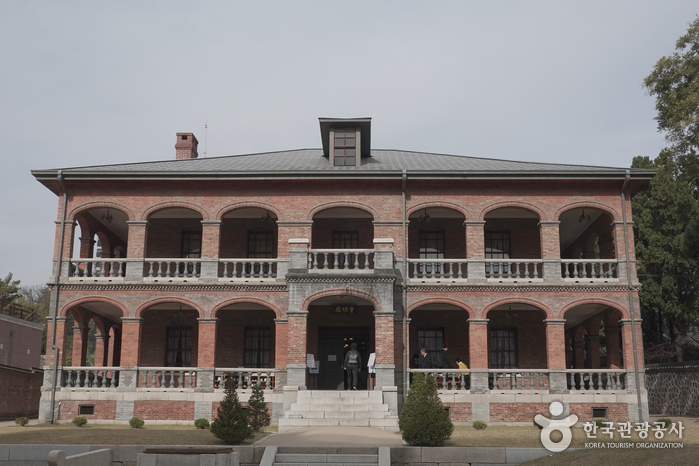
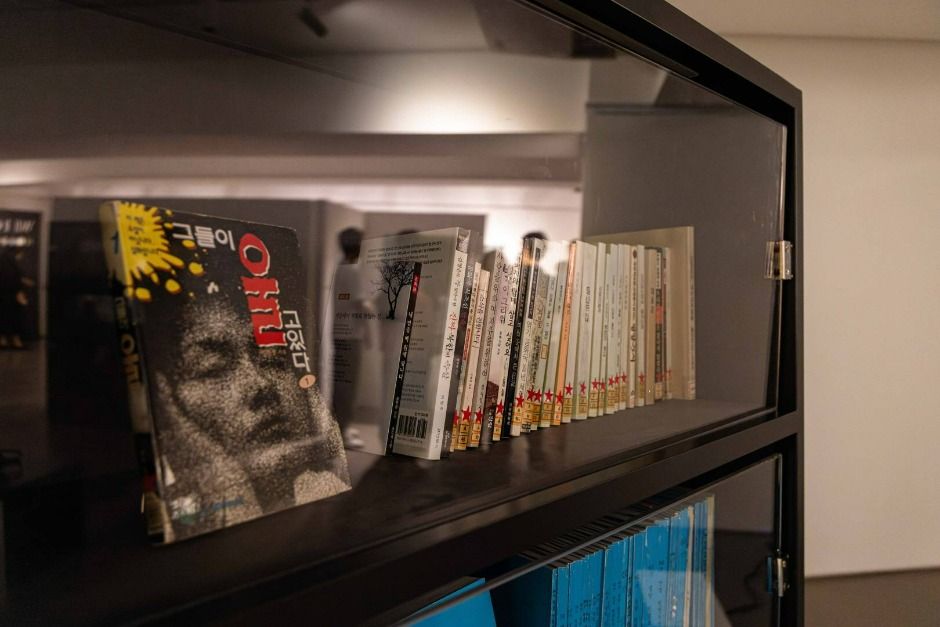

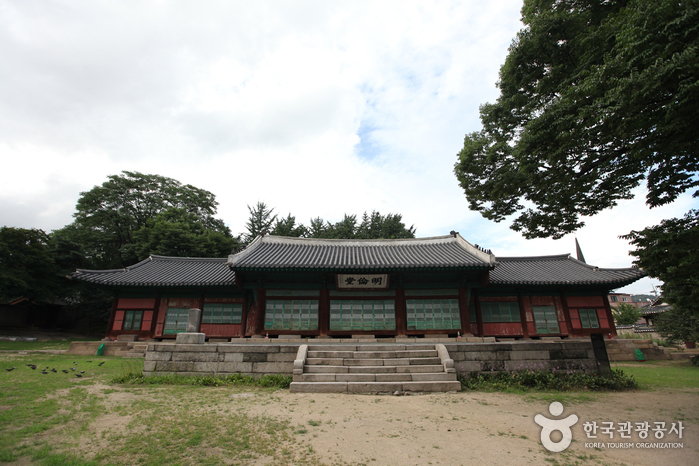
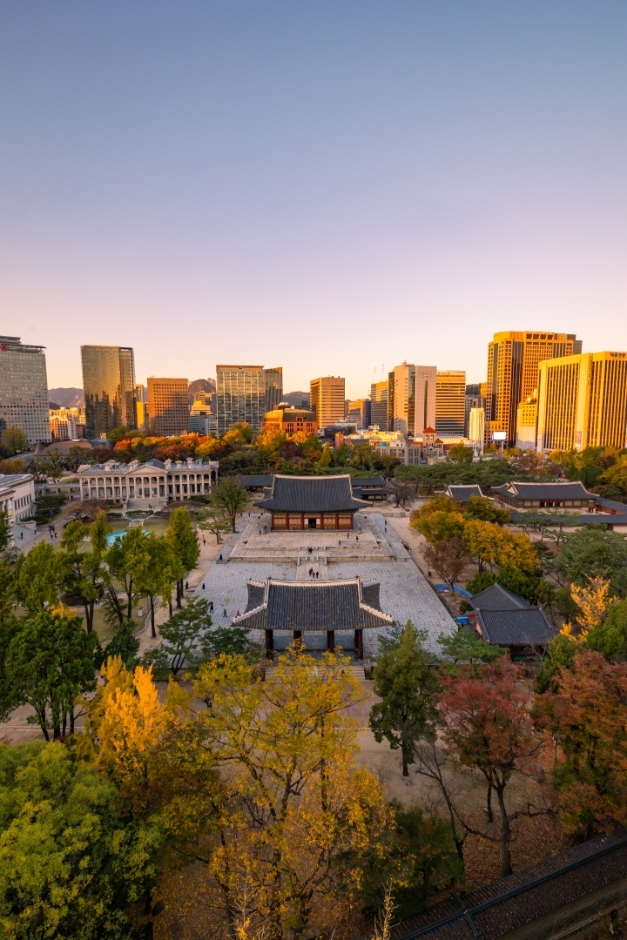
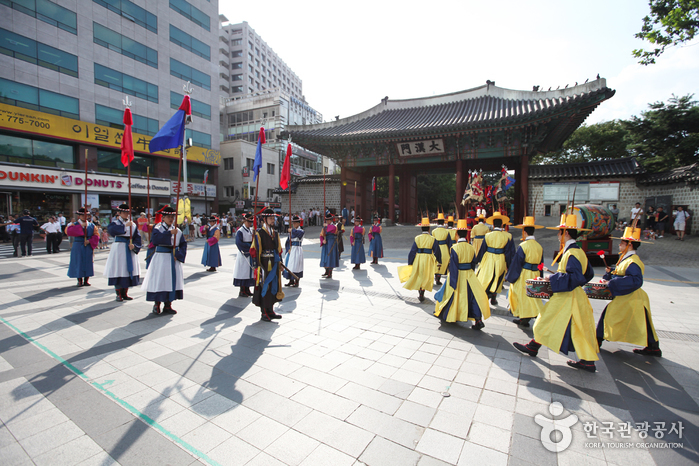
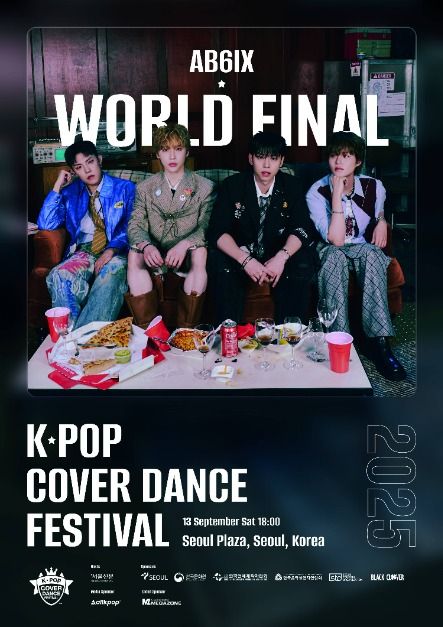


 Español
Español
 한국어
한국어 English
English 日本語
日本語 中文(简体)
中文(简体) Deutsch
Deutsch Français
Français Русский
Русский